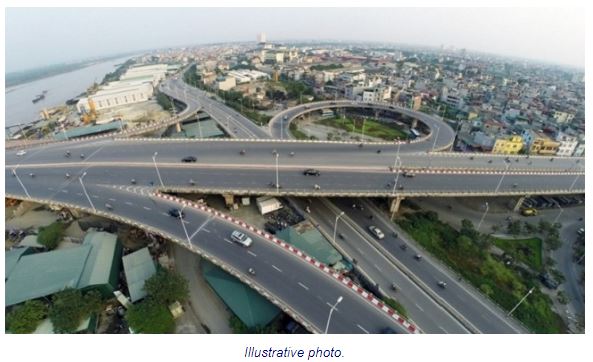Vietnam targets fiscal deficit at 3.6% of GDP in 2019
Vietnam’s state budget collection in 2019 is expected to reach VND1,411 trillion (US$60.36 billion) and budget spending is projected at VND1,633 trillion (US$69.86 billion), Dung said in a hearing held by the National Assembly’s Standing Committee on October 16.
According to Dung, around VND16.2 trillion (US$693 million) would be used to increase the basic wage from VND1.39 million (US$59.45) per month to VND1.49 million (US$63.73), starting July 1, 2019. The basic wage is used to determine salary of an employee based on his/her corresponding coeficient.
At the hearing, the National Assembly’s Finance and Budget Committee stated that the structure of state budget expenditures is set to improved, of which, expenditure for development investment in 2019 is estimated at 26.3% of the total expenditure, higher than the estimate of 2018 at 26.2%. Moreover, regular spending is set to decline to an estimated 63.8% of the total in 2019, lower than the estimated rate of 64.1% in 2018.
According to an estimate by the Ministry of Planning and Investment (MPI) released in late September, Vietnam’s budget revenue collection this year is expected to reach VND1,350 trillion (US$57.76 billion), up 3% compared to the year’s plan and 5.5% year-on-year, while the country’s overspending is set to reach 3.67% of GDP.
The fiscal deficit ratio is in lower than the target of 3.7% set by the National Assembly.
Moreover, Vietnam’s public debt by the end of 2018 is expected to reach VND3,130 trillion (US$133.93 billion) or 61.4% of GDP, down 2.3 percentage points from 2017. The review number is based on the assumption that the average economic growth rate of 2018 would be 6.7%.
Additionally, total social investment is forecast to stand at VND1,890 trillion (US$80.88 billion), up 13.3% year-on-year and equal to 34% of GDP. The country’s actual FDI would reach US$18 billion by the end of 2018, up 2.8% year-on-year.
In a recent update on Vietnam, HSBC forecast the country’s public debt-to-GDP ratio to rise moderately to 61.6% this year before going down to 61.4% in 2019, assuming a fiscal deficit of 4% of GDP for both years, which is above the government’s target deficit of 3.7% for this year.
However, if the government is able to meet its target deficit of 3.7% for the year, the report estimated that the public debt-to-GDP ratio could be as low as 61.2% by the end of the year.


 English
English




